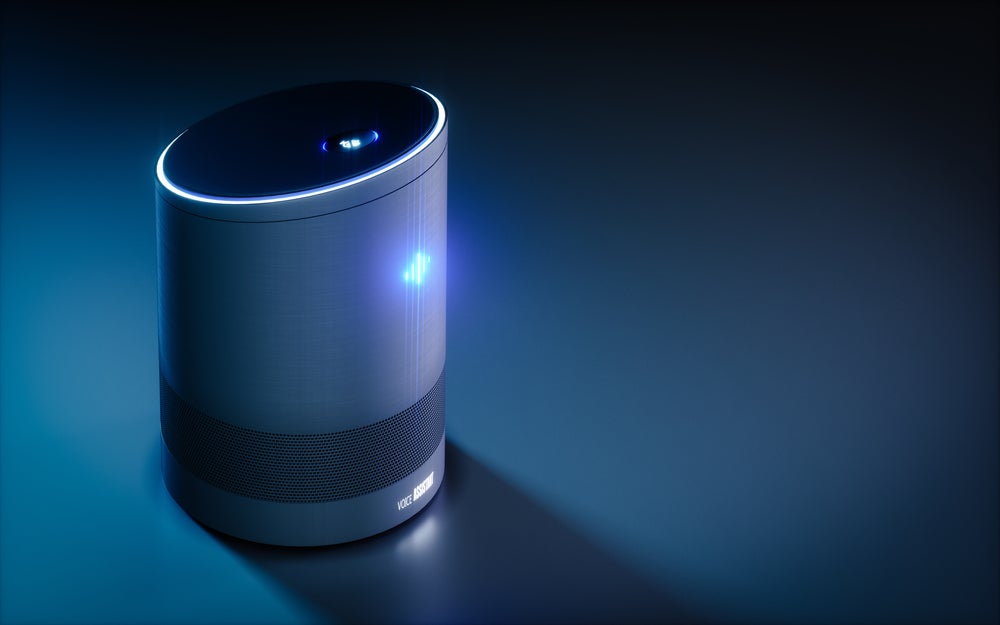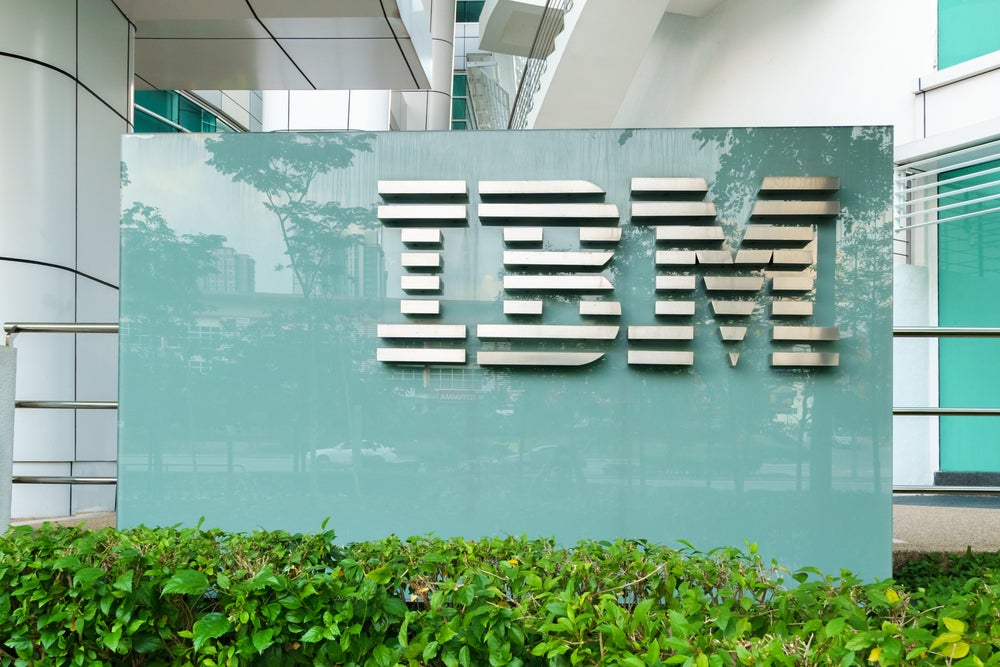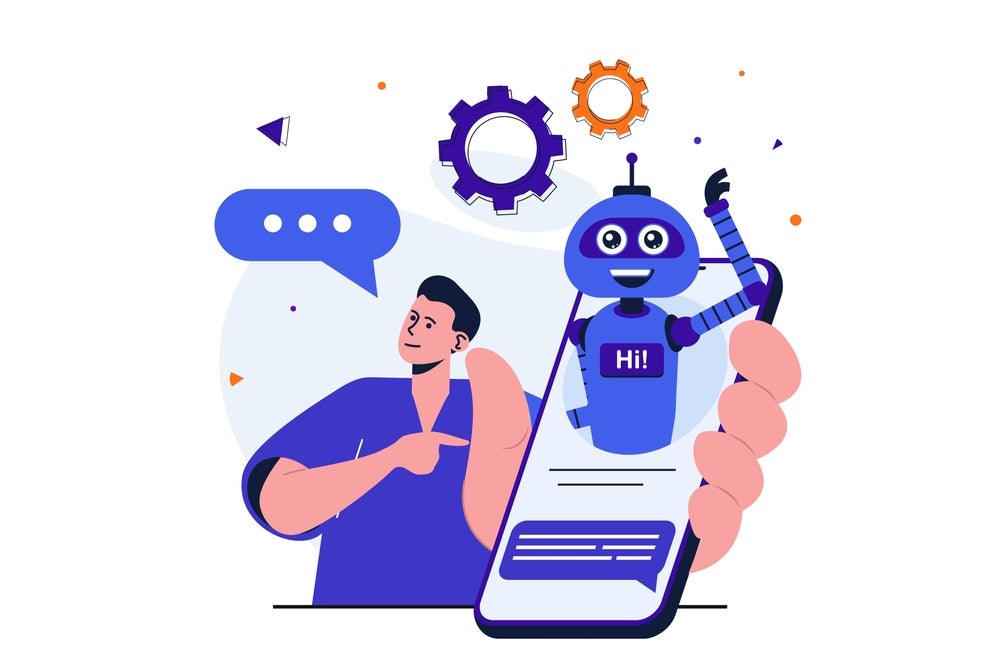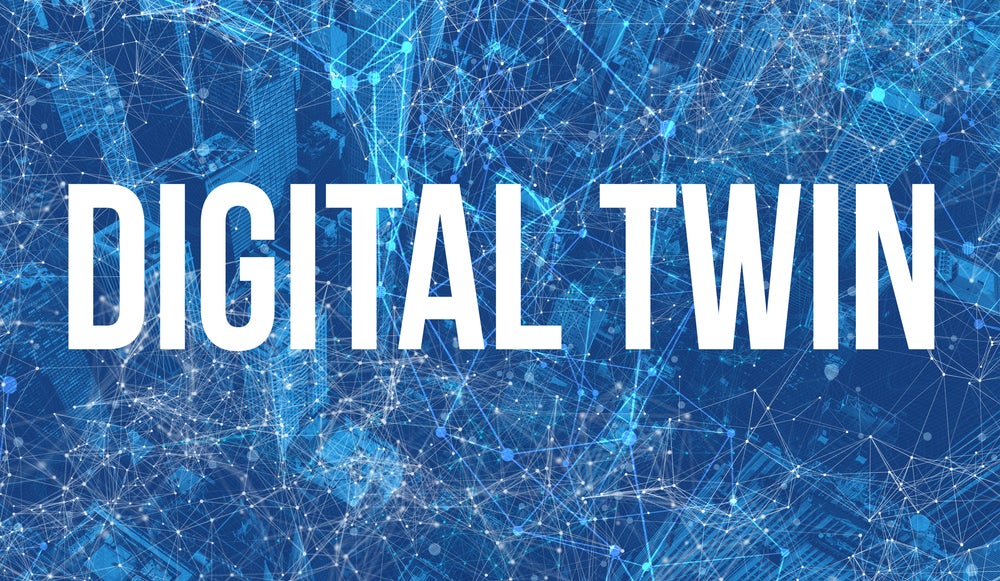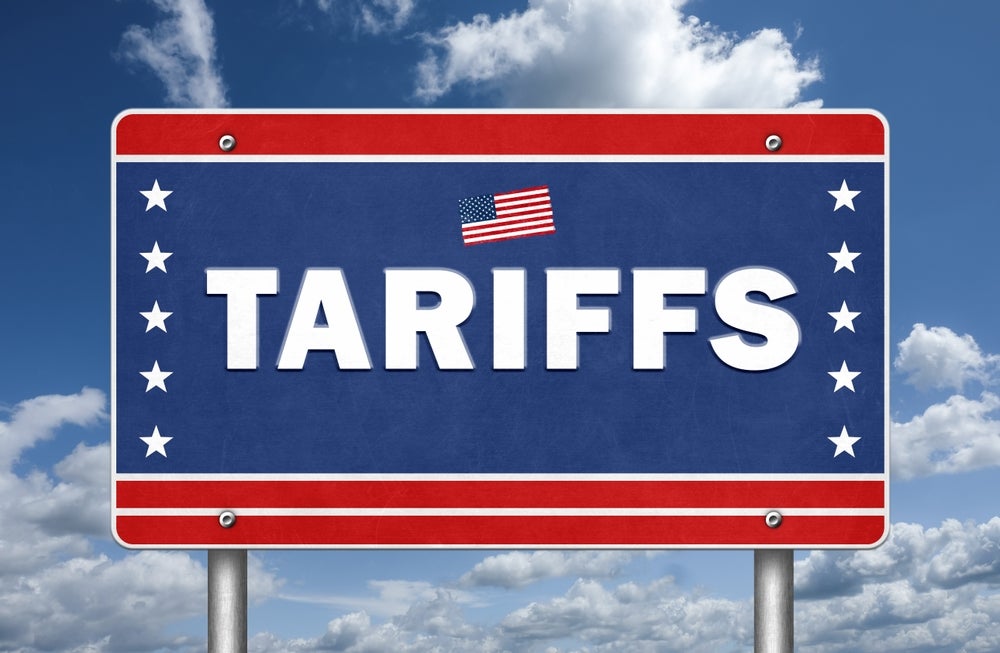The idea of an internet of things (IoT) has been around for decades. IoT is an umbrella term for the ability to connect everyday physical objects with other devices over the internet, enabling them to send and receive data. Those everyday devices could be anything from fridges and watches to cars and toilets.
Concepts like these were hinted in TV shows like the Jetsons and Star Trek back in the 1960s. Two decades later, A bunch of Carnegie Mellon boffins made it a reality by plugging in a Coca-Cola vending machine to the ARPANET, a precursor to the modern World Wide Web.
Connected devices have since become ubiquitous. Smart lighting, smartwatches and connected cars that can detect road markings are just three examples of everyday uses for IoT. Many aspects of our lives, such as switching the lights on or predicting when the car needs its next service, will be automated, which will save time, energy and money.
How does IoT work?
Four key technologies enable today’s IoT ecosystems: artificial intelligence (AI), cloud computing, cybersecurity and 5G.
AI makes IoT intelligent by helping with real-time data analysis and decision-making. Sensors on connected IoT devices provide real-time data feeds to machine learning algorithms. The more data that’s collected, the better the algorithms can improve the IoT device. For instance, it can inform drivers when they’re about to enter a congested traffic zone or a robot how to avoid collisions.
Cloud computing facilitates the process of storing, managing and analysing data. Meanwhile, cybersecurity can protect against the risks associated with the data exchange. Many IoT-related networks handle critical national infrastructure, such as power grids, and the impact of a breach resulting from immature IoT technology would be significant.
5G is the fifth generation of global mobile wireless standards. It modulates a digital signal across several different channels to reduce interference. It offers much higher bandwidth, data speeds and capacity than previous generations of mobile wireless standards. This is ideal to support widespread IoT adoption.
What are the major use cases of IoT technology?
There is some scepticism around the prevalence of IoT technology in everyday life, but such devices are common nevertheless. Use cases include the automated home, the connected car, wearable technology and smart cities.
The automated home refers to the automation and control of household appliances via connection to the internet. Examples of such devices include smart speakers, smart thermostats and smart lighting. For instance, the Google Nest Learning Thermostat allows users to change the temperature of their home from anywhere.
Meanwhile, a connected car is a vehicle with intelligent systems and services connected to the internet. Today, many cars are designed with in-car entertainment and information systems that include music, navigation, social media, apps and other services. The connected car is global in scope, with an array of pilots and studies deployed worldwide.
Wearable technology refers to electronic devices that can be worn on the body, either as an accessory like a watch or a pair of glasses, or as part of the material used in clothing, such as sportswear that measures biometrics. They often incorporate voice-activated assistants and gesture control technology. Within the healthcare sector, there is a growing market for wearables that detect heart rate, blood pressure and other vital signs. By sending this data to the cloud for real-time analysis, wearable medical devices can help with predictive diagnosis.
Smart cities are urban areas that use data collection sensors to supply information to manage resources efficiently. IoT technology combined with AI can identify more efficient ways of allocating energy, predict maintenance requirements, and improve the efficiency of water distribution, sewage systems and utilities. Smart cities can feature smart buildings, smart metering, smart signage and smart payment systems.

